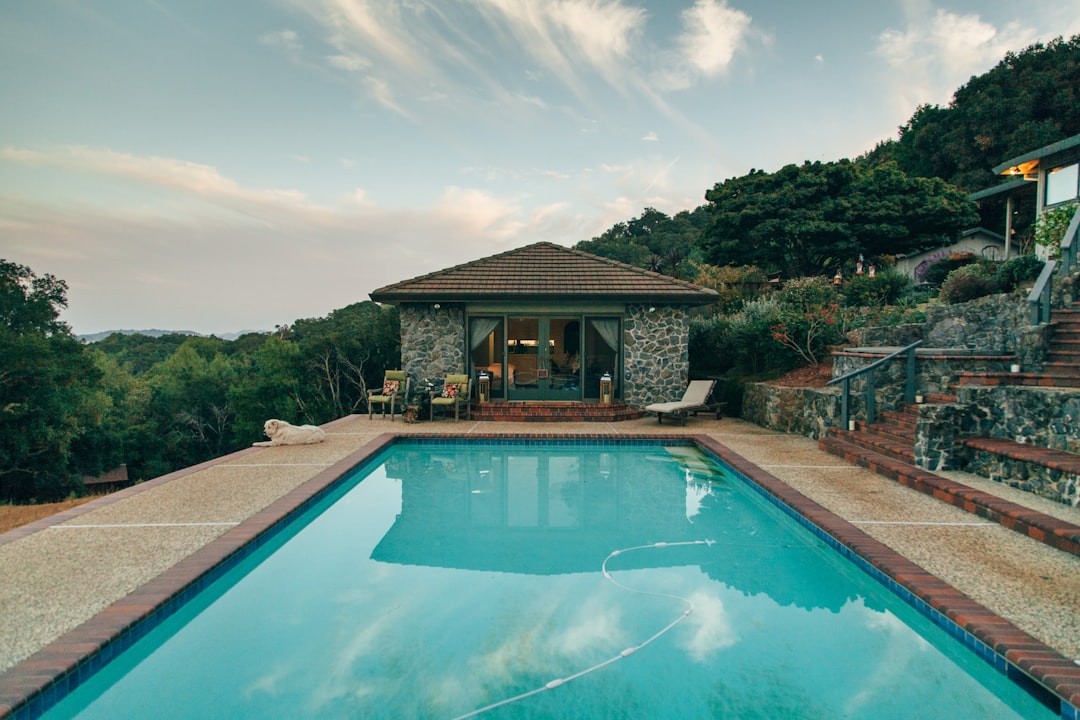A backyard pool offers years of enjoyment, but without proper maintenance, the concrete structure can deteriorate quickly. One key element in preserving the integrity and appearance of a concrete pool is applying a reliable sealer. A concrete pool sealer serves as a protective barrier against water infiltration, chemical damage, and surface staining, all of which can compromise the durability and aesthetics of your pool over time.
Concrete is a porous material, which means it naturally absorbs water. In pool environments, this water exposure is constant and harsh, often containing chlorine, salt, and other chemicals that can accelerate wear. Without protection, these substances can seep into the concrete, leading to cracks, erosion, and discoloration. To prevent these issues, applying a concrete pool sealer creates a waterproof layer that not only repels moisture but also enhances the pool’s overall resistance to chemical damage.
In addition to shielding the surface, a sealer can also improve the appearance of a concrete pool. Many sealers are designed to enrich the color and texture of the concrete, giving it a glossy or matte finish depending on the product used. This aesthetic benefit is especially valuable for pools that double as a visual centerpiece in outdoor living areas. With the right sealer, homeowners can maintain a vibrant and clean look that complements the surrounding landscape.
Sealing a concrete pool is a task best undertaken during specific times of the year. Ideally, it should be done during dry, warm weather when the surface is clean and completely dry. Proper preparation is critical: the concrete must be thoroughly cleaned of oils, dirt, and algae before application. Once applied, most sealers require a curing period during which the pool should not be used. This ensures a strong bond between the sealer and the concrete, maximizing its protective qualities.
Not all sealers are created equal, and choosing one that suits your specific pool conditions is important. Factors such as the type of finish desired, exposure to sunlight, and chemical use all influence which product is most appropriate. Homeowners should also consider environmentally friendly options that are safe for both swimmers and the surrounding ecosystem. For more information on protective solutions and surface treatments, visit this resource on concrete finishes.
Routine maintenance after sealing is minimal but essential. Gentle cleaning with pH-balanced products can help preserve the seal and extend its lifespan. Over time, depending on usage and exposure, resealing may be necessary. Recognizing signs like fading color, increased surface roughness, or visible cracking can indicate that it’s time for a new coat.
Protecting your concrete pool with a quality sealer is a smart investment that extends the life of the structure and enhances its visual appeal. By preventing water and chemical intrusion, a sealer helps avoid costly repairs and ensures that your pool remains a safe and beautiful feature of your home for years to come.






